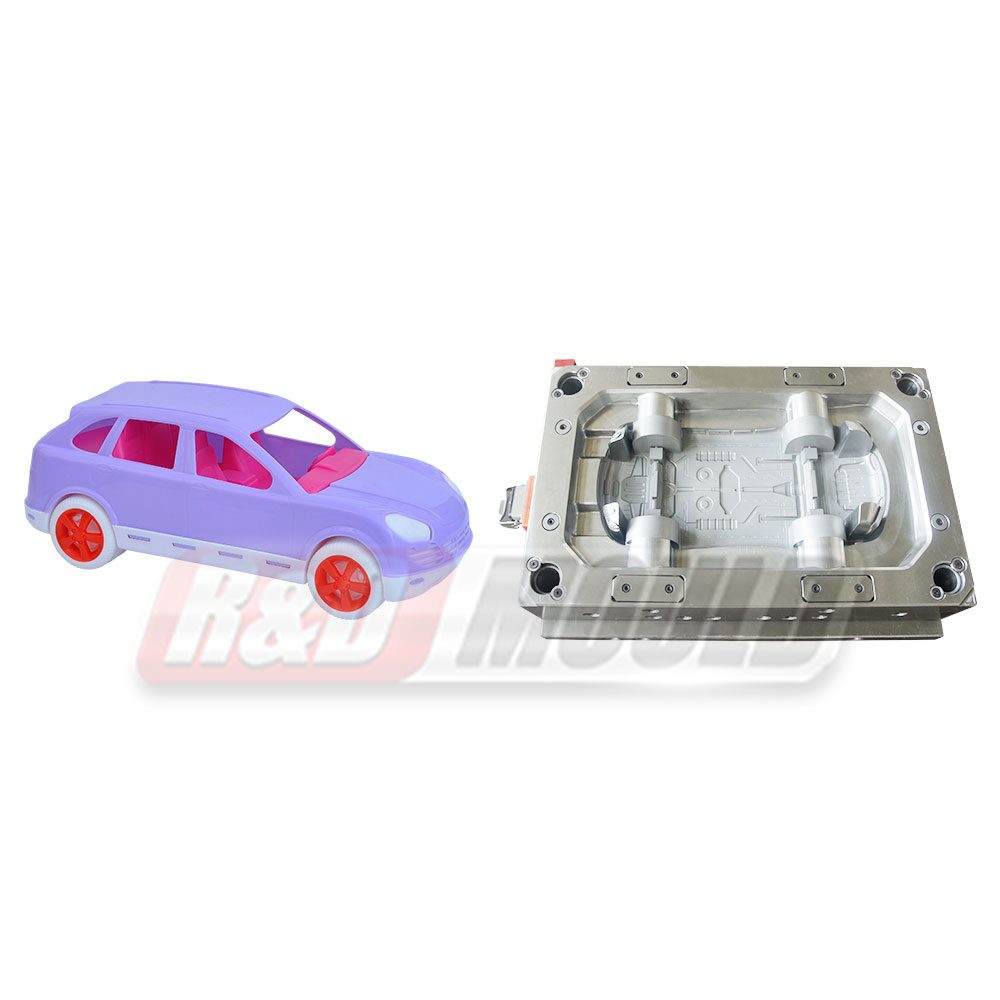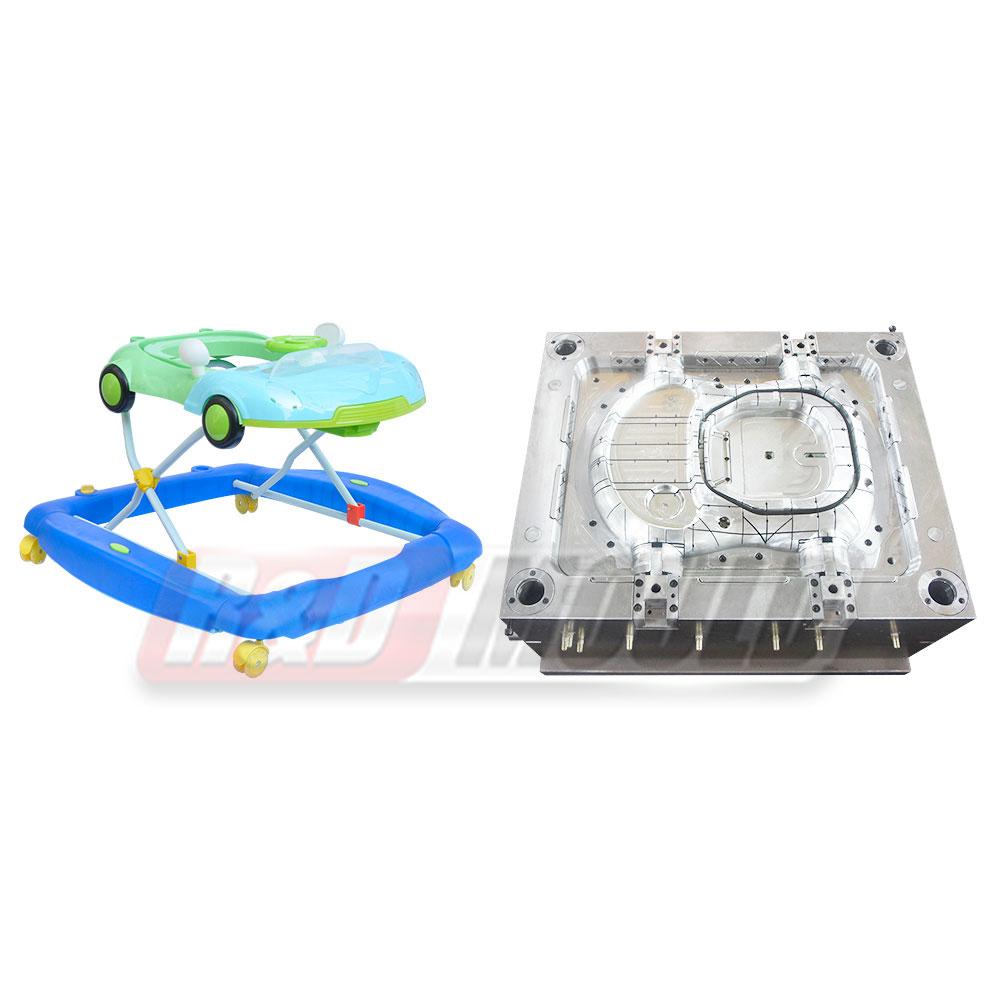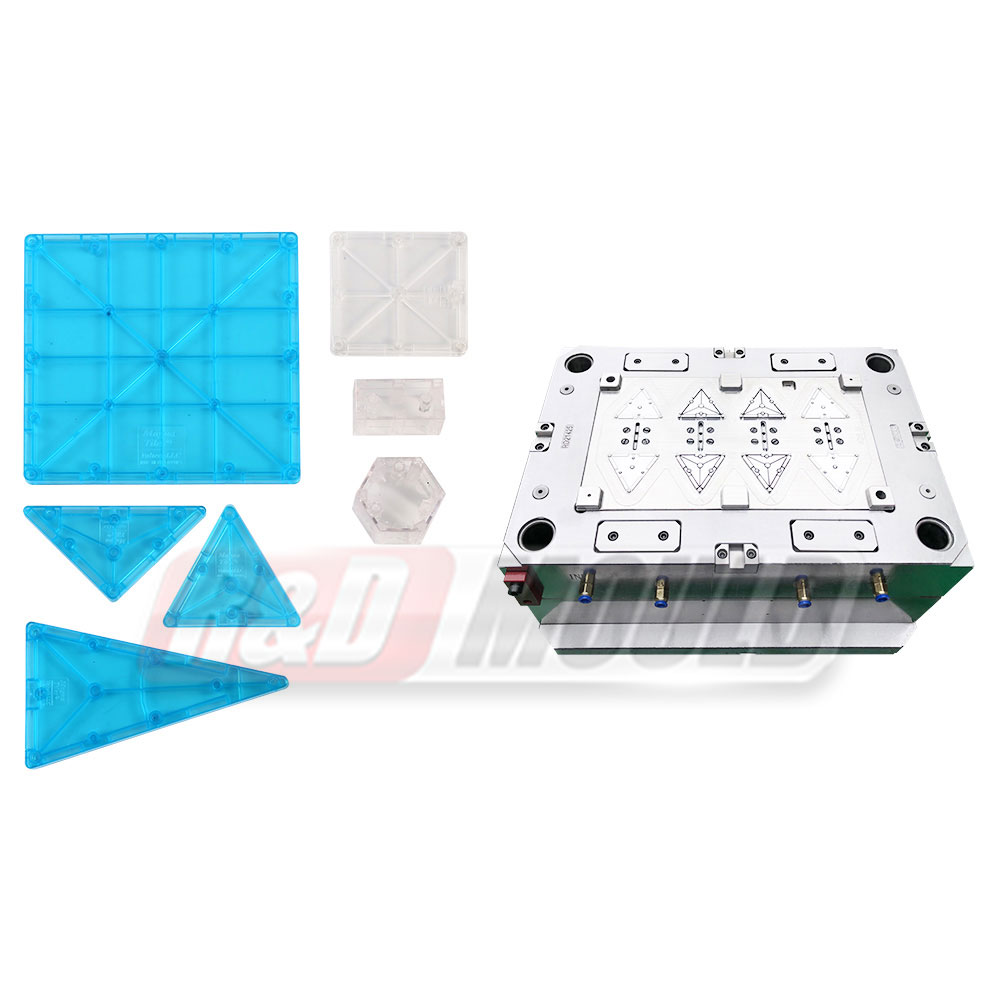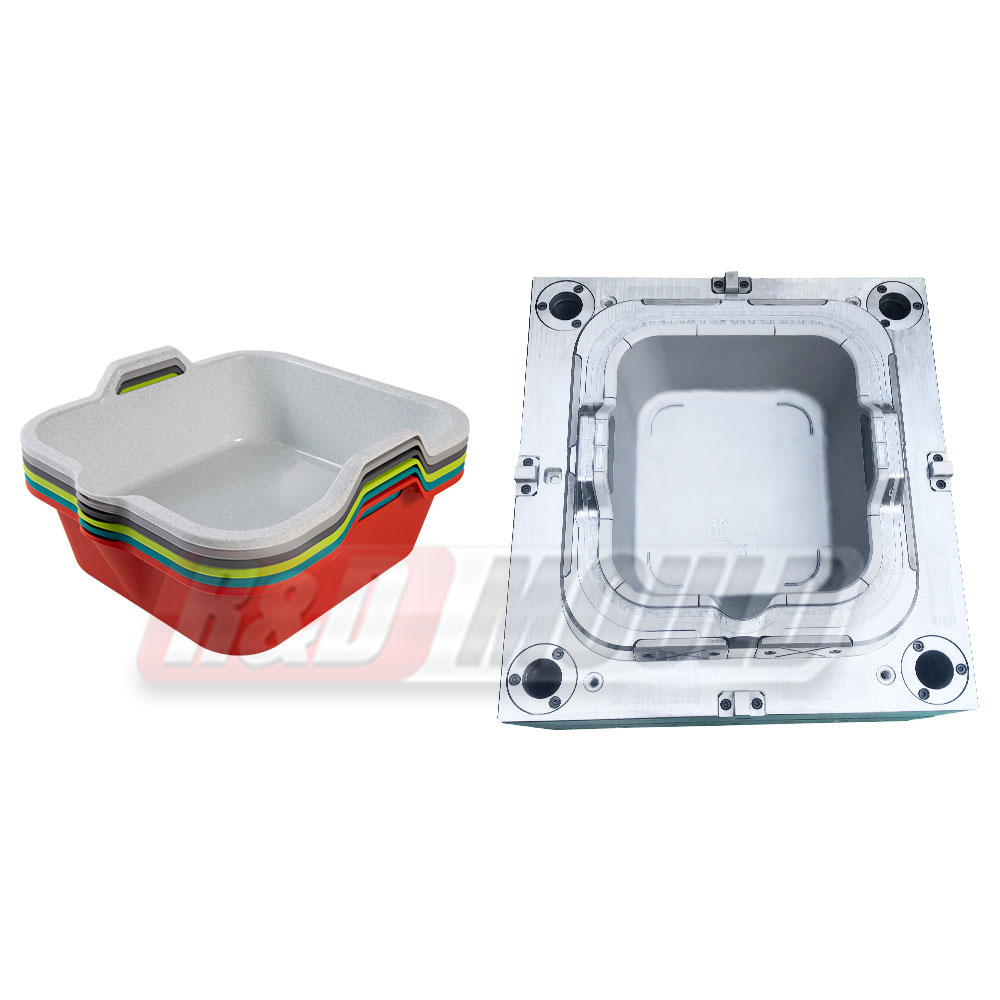A plastic basket mould can be used for a wide variety of purposes. The material that is used in this type of mould is usually PP or HDPE. It can be used to create a variety of baskets, including stacking baskets, foldable baskets, sea-fruit baskets, and bottle baskets. Depending on the purpose of the mould, it may be designed to have different sizes, shapes, or designs. If you are looking for a mould to produce plastic baskets, you can contact SWY MOULD for a wide variety of designs and sizes.
One type of plastic basket mould is a two-plate mould. This mould has two main plates that separate into two halves. When the mould is opened, the plastic material from the two plates moves between the two halves, forming the plastic basket. This type of mould also requires two separate feed systems, one for each half.
Basket moulds are one of the most popular types of injection molds. Since they are used so commonly, you will find them in everyday life. They are generally made from PP, and the structure and processing technology is not complex. In addition, you will find that these types of plastic moulds are available in a variety of shapes, sizes, and materials.
The first step in creating a plastic basket mould is to design and build a prototype. This prototype will serve as the mould for the final product. It can be created manually or through the use of a CAD program. The mould is made of two halves, which are joined once the plastic is heated. Once the plastic has cooled, the basket is removed from the mould.
Plastic injection molding is an economical and popular industrial process that produces a variety of plastic consumer products. Plastic container moulds, air confectioner moulds, and basket moulds are all made through this method. The process is similar to that used to make Jello. The main difference is the material. Injecting polymer into a mold produces a solid, durable product.
The plastic basket mould uses a heat transfer process that enables it to fill the mould with the polymer. The mould fills with the plastic in the mould in a fraction of the time that it takes to fill a standard mould. Injection time is usually less than a second. Once the mould is filled, packing pressure is applied to compensate for thermal shrinkage. Then, the mould is sealed with a gate, a small opening that serves as a cavity entrance.
Injection moulds can also be made of many different types of materials. Some are designed with inserts and curves for multiple variations of a part, and others have multiple impressions in one mould. This type of moulding process is environmentally friendly and economical. In addition to the economic benefits, rotational molding allows for highly complex mould designs with a minimal start-up cost. This method also allows for large production runs, with up to 25 items.





 English
English عربى
عربى Español
Español Français
Français









